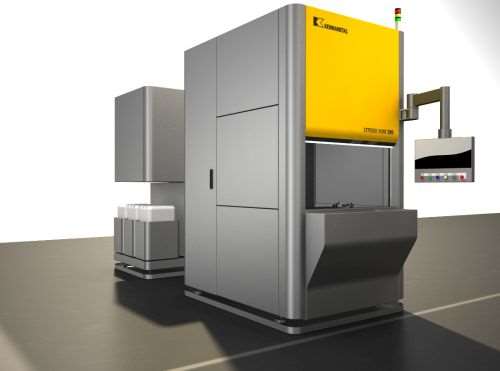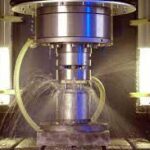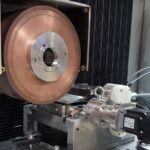Electrochemical honing is one of the non-equilibrium gap processes in ECM and is a new technique, which in spite of being used in some industrial plants especially to smooth surfaces, is still not fully described due to the variety of the factors affecting the process. More information about the process is required especially the effects of the working parameters on the produced surface roughness. A special honing tool was designed by using different tool tip shapes (rectangular, circular, triangle & inclined) to study the ability for improving the surface roughness. This work presents a study for the factors affecting the electrochemical honing process especially the machining time, work piece material, initial working gap, tool rotational speed, tool tip shape and the inclined tool tip angle. The results are finally furnished with the aim to generalize a useful guideline for the user to enable proper selection of conditions for obtaining good surface quality.

Posted inUnconventional Manufacturing Process
ELECTROCHEMICAL HONING
Suresh Kumar is a passionate mechanical engineer with deep expertise in design, thermodynamics, manufacturing, and automation. With years of experience in the industry, they simplify complex engineering principles into practical insights for students, professionals, and enthusiasts. This blog serves as a hub for exploring cutting-edge innovations, fundamental concepts, and real-world applications in mechanical engineering.
Post navigation
Previous Post
 Electrochemical Machining (ECM)
Electrochemical Machining (ECM)Next Post
ELECTROCHEMICAL GRINDING (ECG) 
